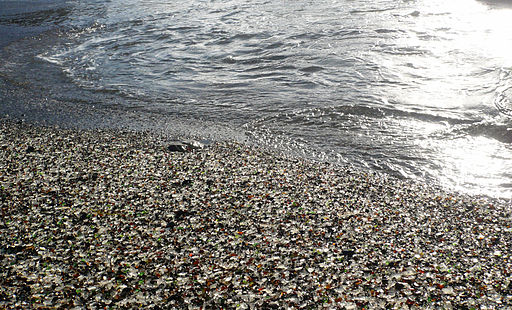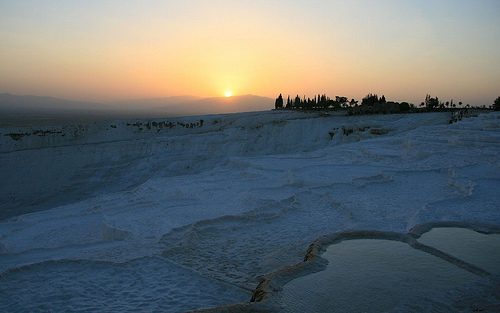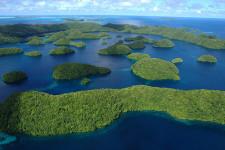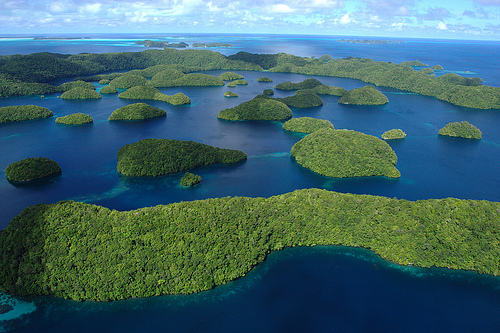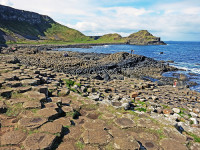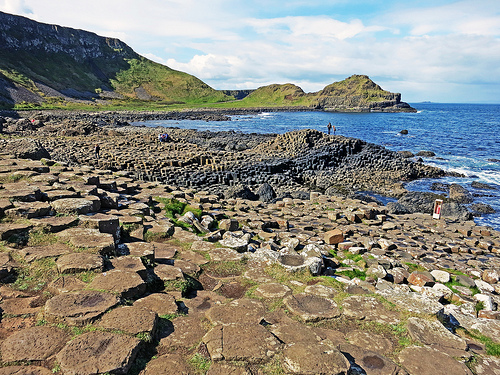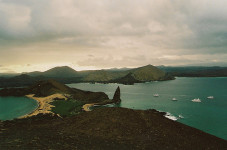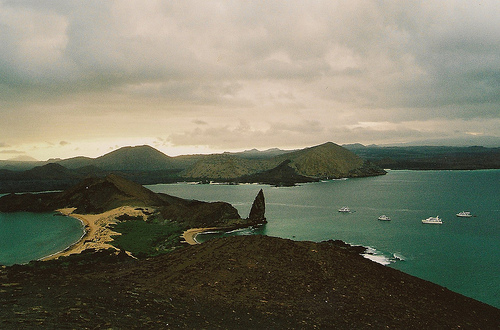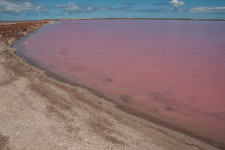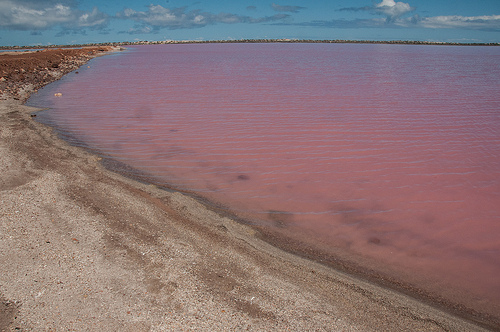
No one gets cut on Glass Beach.
- Glass Beach is notable for the large quantities of sea glass found along the beach.
- Glass Beach is a beach located in Fort Bragg, in the United State’s California, that is part of a 38 acre (15 hectare) site owned by the California Department of Parks and Recreation.
- Glass Beach is part of the MacKerricher State Park and is open to the public.
- In the early half of the 1900s, Glass Beach, then known as ‘The Dumps’, was used as a rubbish disposal area.
- In 1967, Glass Beach was protected from rubbish disposal, by California’s Water Resources Control Board, which led to an extensive general rubbish cleanup and restoration.
Part of Glass Beach
Image courtesy of Ellin Beltz/Wikimedia Commons
- After years of chemical and natural erosion of the remaining dumped glass, the result was Glass Beach, which is littered with smooth, eroded sea glass.
- Glass Beach was originally owned privately until October 2002, when it was purchased by the Californian State Parks.
- The Glass Beach area is the home to some species of native plants, such as Menzie’s wallflower and two other glass beaches.
- It is illegal to take the sea glass found on Glass Beach or beaches that are part of the MacKerricher State Park, due to the glass’s diminishing quantity.
- Samples of the sea glass located on Glass Beach and the surrounding area can be found at the Guest House Museum and the Sea Glass Museum in Fort Bragg.
Bibliography:
Glass Beach – Everything you want to know, 2012, Fort Bragg, http://www.fortbragg.com/2012/02/glass-beach-everything-you-wanted-to-know/
Glass Beach 2014, Wikipedia, http://en.wikipedia.org/wiki/Glass_Beach_(Fort_Bragg,_California)
Fort Bragg Glass Beach, 2014, Odyssey Sea Glass http://www.odysseyseaglass.com/fort-bragg-glass-beach.html





